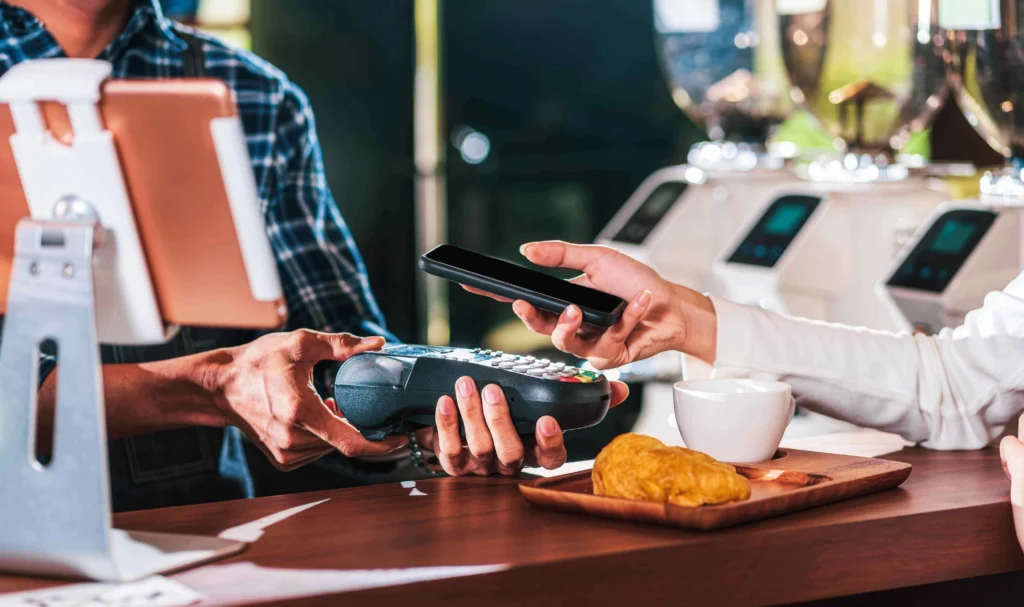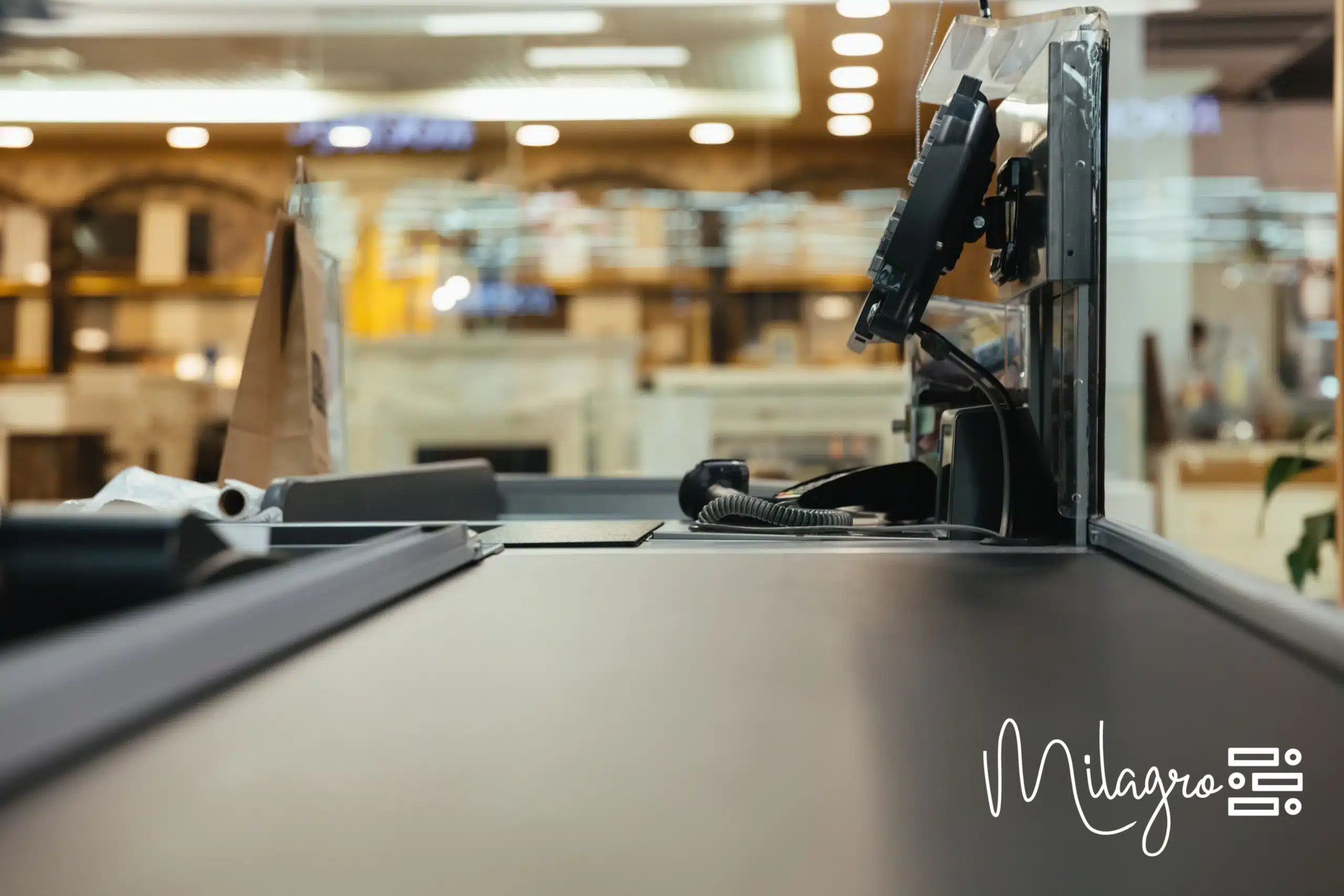Most restaurants today are racing to keep up with ever-evolving technological advancements.
But here’s the truth: simply keeping up isn’t enough anymore. With countless restaurant tech solutions flooding the market, making smart, strategic investments tailored to your specific needs is essential.
The challenge?
Every decision around your tech stack involves multiple stakeholders — from kitchen staff and servers to managers and even your guests. Aligning everyone’s priorities can be a time-consuming and complex process. The temptation to jump on the latest trends or adopt tech just because competitors are using it is strong.
But your choices should be driven by your goals, not the hype.
The Four Fs to Consider Before Every Restaurant Tech Investment
Top restaurant industry expert and CTO of Dave’s Hot Chicken, Leon Davoyan, shares an easy framework to guide your decision-making:
1. Is the Tech a Good “Fit” for Your Restaurant?
When evaluating new technology, the first question to ask is whether it aligns with your restaurant’s brand and goals. The right tech solution will:
- Integrate seamlessly into your existing systems.
- Address critical challenges for your team and customers.
- Support your broader objectives, like improving service speed or enhancing operational efficiency.
“Fit” goes beyond technical compatibility. It’s about ensuring the technology can be adopted with minimal disruption. If adopting new tech means completely overhauling your current processes, it might not be the right choice. Seek solutions that complement and enhance your current systems, such as a POS that integrates with online ordering or a kitchen display system.
2. Is It “For Real” or a “Fad”?
Fear of missing out (FOMO) is real in the restaurant tech world. The pressure to adopt the latest innovations can be overwhelming. However, not every shiny new tool is a fit for your business — or as revolutionary as it claims to be.
For example, AI-driven menu personalization and robotics in food prep are making waves.
But are they practical for your restaurant or just buzzworthy experiments?
Before you invest, evaluate whether the technology offers lasting value or is just another fleeting trend. Ensure it aligns with your operational needs and has demonstrated success in restaurants like yours.
3. Does It “Fix” Something?
Every tech investment should address a specific problem. Start by identifying the challenge the technology will solve. Ask yourself:
- Will this tech streamline operations, like reducing order errors or speeding up prep times?
- Does it improve customer experience, such as enabling faster service or personalized interactions?
- Will it enhance operational efficiency, like better inventory management or reduced food waste?
If the technology doesn’t address a clear pain point or directly support your goals, it’s unnecessary noise. Focus on solutions that genuinely elevate your operations.
4. Will It Contribute “Financially”?
Tech investments must deliver a clear return on investment (ROI). Consider whether the solution will:
- Automate time-consuming tasks like scheduling or inventory tracking.
- Reduce overhead costs, such as energy-efficient kitchen appliances.
- Open new revenue streams, like online delivery or loyalty programs.
If a technology doesn’t offer measurable financial benefits, it may be an indulgence your restaurant can’t afford.
Way Forward
Investing in restaurant technology is not about keeping up with trends. It’s about making thoughtful decisions that align with your brand, solve real problems, and deliver financial value. By focusing on these factors, your tech choices can become a game-changer, driving long-term success and creating memorable dining experiences for your customers.
Check out the Forbes Technology Council article by Milagro founder and CEO, Hamed Mazrouei, for a deep dive into how hospitality executives prioritize their tech stack investments.





